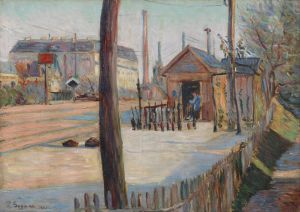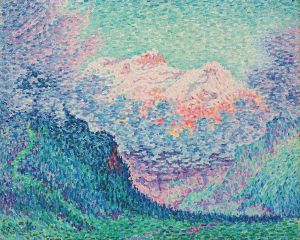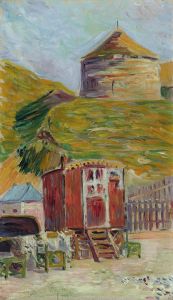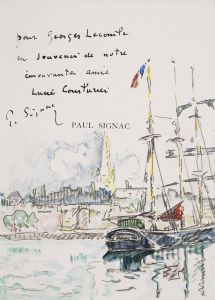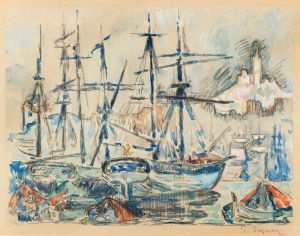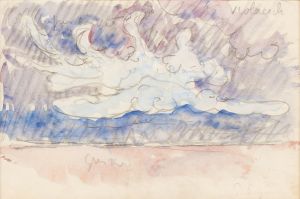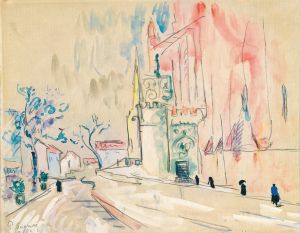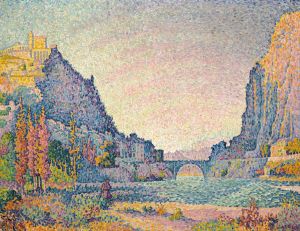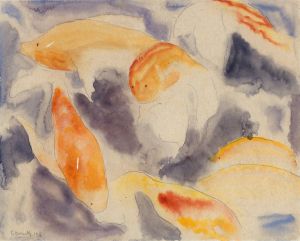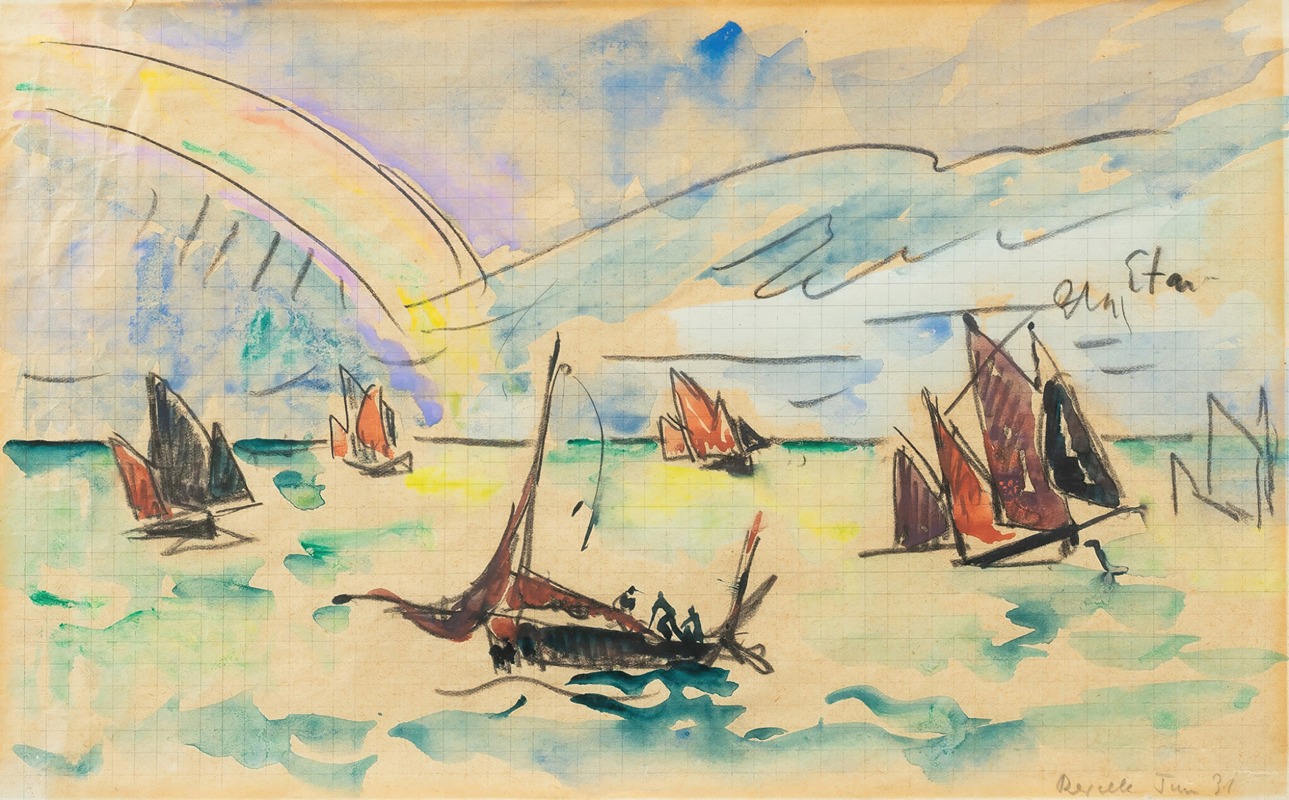
Réville
A hand-painted replica of Paul Signac’s masterpiece Réville, meticulously crafted by professional artists to capture the true essence of the original. Each piece is created with museum-quality canvas and rare mineral pigments, carefully painted by experienced artists with delicate brushstrokes and rich, layered colors to perfectly recreate the texture of the original artwork. Unlike machine-printed reproductions, this hand-painted version brings the painting to life, infused with the artist’s emotions and skill in every stroke. Whether for personal collection or home decoration, it instantly elevates the artistic atmosphere of any space.
Paul Signac was a prominent French Neo-Impressionist painter who played a significant role in the development of the Pointillist technique, alongside Georges Seurat. One of his works, "Réville," exemplifies his mastery of this style and his dedication to capturing the effects of light and color through meticulous brushwork.
"Réville" is a painting that reflects Signac's fascination with the landscapes and seascapes of France. Signac was known for his love of sailing and often depicted coastal scenes, which allowed him to explore the interplay of light on water and the vibrant colors of the natural world. This particular painting captures the essence of Réville, a small commune in the Normandy region of France, known for its picturesque coastal views.
Signac's technique in "Réville" involves the use of small, distinct dots of color applied in patterns to form an image. This method, known as Pointillism, was developed as a part of the broader Neo-Impressionist movement, which sought to bring a scientific approach to the use of color and light in painting. By placing dots of pure color side by side, Signac and his contemporaries aimed to allow the viewer's eye to blend the colors optically, creating a more luminous and vibrant effect than traditional mixing of pigments on a palette.
In "Réville," Signac's use of Pointillism is evident in the way he captures the shimmering surface of the water and the subtle variations in the sky. The painting likely features a harmonious blend of blues, greens, and other colors that evoke the serene and tranquil atmosphere of the coastal setting. Signac's careful attention to the effects of light and his ability to convey the mood of the scene are hallmarks of his work.
Signac was deeply influenced by the scientific theories of color and perception that were being explored during his time. He believed that art could be enhanced by understanding the optical effects of color, and he was committed to pushing the boundaries of traditional painting techniques. His work, including "Réville," reflects this dedication to innovation and his desire to capture the beauty of the natural world in a new and exciting way.
Throughout his career, Signac traveled extensively, seeking inspiration from various locations along the French coast and beyond. His travels informed his work, allowing him to experiment with different compositions and color palettes. "Réville" is one of many paintings that demonstrate his ability to translate his experiences into vibrant and dynamic works of art.
Paul Signac's contributions to the art world extend beyond his paintings. He was also an influential figure in the art community, serving as a mentor to younger artists and a vocal advocate for the Neo-Impressionist movement. His writings on art theory and his involvement in various artistic societies helped to shape the direction of modern art in the late 19th and early 20th centuries.
In summary, "Réville" by Paul Signac is a testament to the artist's skill and innovation within the Neo-Impressionist movement. Through his use of Pointillism, Signac captures the beauty and tranquility of the French coastal landscape, showcasing his dedication to exploring the effects of light and color. His work continues to be celebrated for its contribution to the development of modern art and its enduring influence on subsequent generations of artists.






